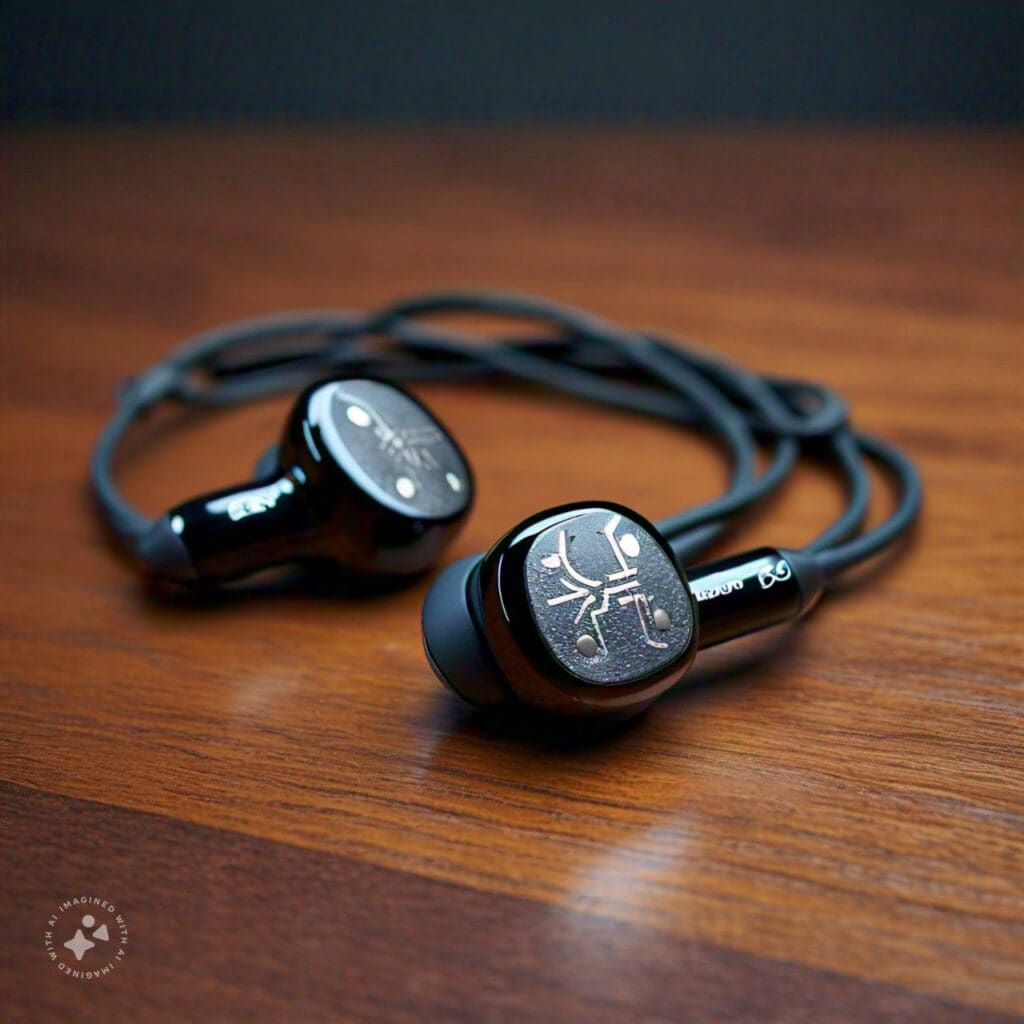The ear is one of the major sense organs, providing hearing aids to living organisms. This makes the human ear an essential component of the body. The ear canal has glands that produce earwax buildup, also known as cerumen, which is essential in maintaining ear health.
This earwax protects the ear canal by trapping dust, bacteria, and other small particles, preventing them from reaching deeper parts of the ear. However, excessive ear wax buildup can cause discomfort and even hearing problems if left unchecked.
In this blog post, we’ll look at what causes ear wax to accumulate and provide tips on how to prevent it.
What Causes Ear Wax Buildup?
- Natural Production Variations Everyone produces ear wax, but some individuals have glands that produce more ear wax than others. Genetics play a significant role in how much earwax your body makes, leading some to be more prone to buildup than others.
- Blockage or Narrow Ear Canals Some people naturally have narrower ear canals, which makes it more difficult for earwax to exit the ear. The wax may accumulate inside, leading to blockages and a feeling of fullness in the ear.
- Frequent Use of Earbuds or Hearing Aids Devices like earbuds, earplugs, or hearing aids can block the natural flow of earwax, preventing it from clearing out on its own. Over time, the wax can get compacted, increasing the likelihood of buildup and even infections.
- Incorrect Ear Cleaning Habits Using cotton swabs or other objects to clean the ear can often make things worse. Instead of removing ear wax, these tools may push the wax deeper into the ear canal, creating a blockage.
- Skin Conditions If you suffer from skin conditions such as eczema or psoriasis, your ears may produce thicker earwax or make it harder for wax to naturally exit the ear, increasing the chance of buildup.
How to Prevent Earwax Buildup

- Avoid overcleaning. Your Ears The ear is a self-cleaning organ. Most of the time, you don’t need to do anything to remove earwax, as it naturally migrates out of the ear canal. Over-cleaning can disrupt this process and push wax further into the ear.
- Limit Earbuds and Hearing Aid Use If possible, reduce the amount of time you spend using earbuds or hearing aids. When necessary, be sure to clean these devices regularly to prevent them from trapping earwax in the ear canal.
- Use Ear Drops Over-the-counter ear drops can help soften earwax, making it easier for it to naturally exit the ear. Be sure to follow the instructions or consult a healthcare provider for guidance on using ear drops safely.
- Consult a Healthcare Professional If you experience symptoms like discomfort in your ears, a feeling of fullness in the ear, or reduced hearing, it may be a sign of earwax buildup. A healthcare professional can safely remove the excess wax and check for any underlying issues.
When to Seek Medical Attention
While earwax is natural and protective, excessive buildup can cause problems like earaches, infections, or temporary hearing loss.
If you experience persistent discomfort, it’s important to visit a healthcare professional on time.

Avoid using sharp objects or home remedies, which can risk damaging your eardrum or ear canal.
Final Thoughts
Earwax plays a crucial role in keeping your ears healthy, but too much of it can lead to problems. To keep your ears healthy and protect your hearing, it’s important to take care of them and avoid common problems.
If you have trouble with earwax, it’s best to see a healthcare professional who can give you personalized advice and help you find the right treatment.



